Iron Infusion: Side Effects, Benefits and What can I expect?
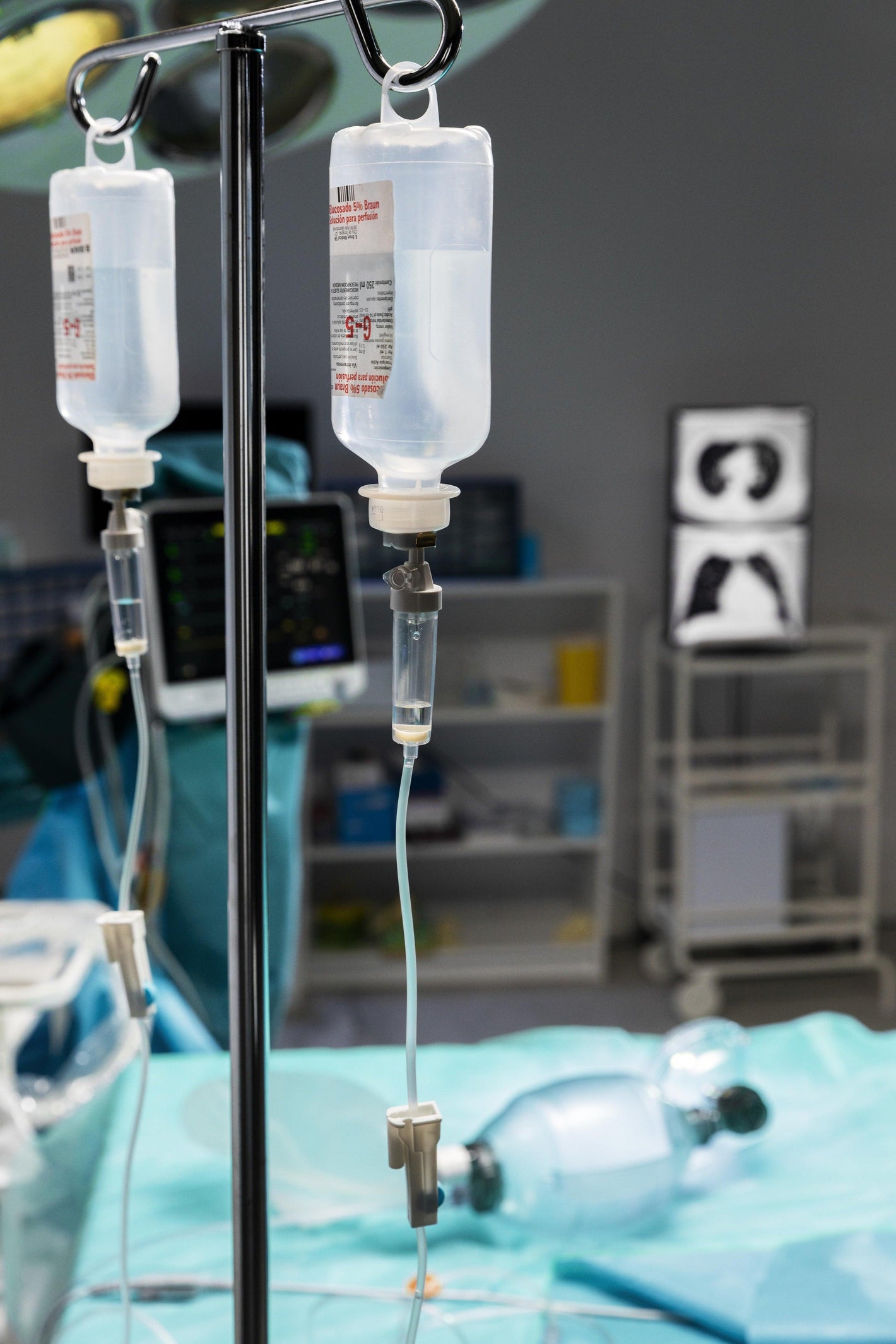
Related products
Iron is a vital mineral for the human body. It is necessary to synthesise haemoglobin, a red pigment in the red blood cells that transports oxygen into the body. An adult male has about 1000 mg of iron in the body reserves, which is enough for three coming years, while a female stores approximately 300 mg of iron, which is enough for the next six months.
The loss of iron or continuous taking a low iron diet causes depletion of iron reserves, resulting in a deficiency of haemoglobin, a condition known as anaemia. Iron infusion or intravenous iron therapy is performed to treat the anaemia. In this process, the iron is injected into the bloodstream to restore the serum iron levels. The procedure is performed at a healthcare provider's clinic or medical office.
Indications for iron therapy
The factors that cause lower iron levels and necessitate the iron infusion are;
- Blood loss due to accidents, injuries, surgical procedures, menstruation, gastrointestinal ulcers and some types of cancers
- Continuously eating a low iron diet, e.g., vegan, meat-free or low meat diets, following the restrictive diet plans and dairy-free diets.
- Taking medications that lower the absorption of iron, e.g., proton pump inhibitors, cholesterol-lowering drugs, H2 blockers, antacids, tetracycline antibiotics, calcium supplements and caffeinated beverages
- Having conditions like iron deficiency anaemia and chronic illnesses, e.g., inflammatory bowel disease (IBD), gluten intolerance (celiac disease), chronic kidney disease and certain cancers, e.g., gastrointestinal and haematological cancers
- An increase in physiological demands of iron, e.g., during pregnancy, breastfeeding, and childhood and infancy
- Undergoing medical procedures that increase the metabolic demand of iron, e.g., dialysis, which causes the loss of blood. The patients undergoing dialysis take erythropoietin-stimulating factors that increase the iron demand by increasing the synthesis of red blood cells.
Iron deficiency occurs in three stages, mentioned in an article titled, ‘What are the three stages of iron deficiency’. Visit the page to learn about these stages.
Oral iron supplementation vs iron infusion
The doctors generally recommend taking oral iron supplements first. It is enough for most people to replenish iron reserves. For people with highly deficient iron stores, IV therapy is suggested. The factors which influence the decision to go for iron infusion are;
- Having severe iron deficiency anaemia
- Poor tolerance to oral treatment due to severe side effects
- Past failure of oral therapy
- Poor iron absorption due to gastrointestinal diseases
- Experiencing chronic blood loss due to any reason
- A desire for rapid recovery
Spatone 100% Natural Iron Supplement is an effective oral iron therapy. It is a good combination of efficacy, safety and budget-friendliness. Visit the page to buy it and replenish your depleting iron reserves. Visit the Welzo product page to view more oral iron supplements.
The procedure of iron infusion
First, the healthcare provider decides the amount of iron needed to restore normal levels. The dose is calculated based on gender, a thorough assessment of iron status, calculation of iron deficit, type of iron preparations available, safety considerations and patient-specific factors, e.g., underlying health conditions.
It is necessary to inform the doctor about allergies, concurrent medical conditions, medications being used, and the current use of over-the-counter supplements.
During the infusion, the medical professional cleans the area with isopropyl alcohol (70%), locates the required vein using the tourniquet, inserts the needle into the selected vein; the needle has a plastic IV tube on one side, fixes the IV catheter and stabilises the fluid bag on a stand. The fluid starts dripping down and entering the vein. The process is completed within 15-30 minutes; 1000mg of iron is typically injected during this time.
During the process, the health staff continue to critically evaluate the patient's suitability and monitor the appearance of side effects to ensure patient safety and optimum results.
Benefits of iron infusion
The primary purpose of iron infusion is to replenish the iron reserves and treat iron deficiency anaemia. In doing so, it provides several additional health benefits that improve the overall quality of life. These are;
Enhanced energy levels: Restoration of haemoglobin improves oxygen supply to the whole body. The increased oxygen supply boosts energy production, resulting in lower fatigue.
Better exercise tolerance: Increased oxygen supply and increased energy production improve exercise endurance and tolerance. It allows a person to better engage in physical activities.
Better cognitive health: Iron is essential for cognitive development and normal brain functioning. Replenishing iron reserves boosts these processes, improving mental alertness, memory and concentration.
Faster wound healing: Iron is involved in wound healing and tissue repair. Thus, the iron infusion boosts the body’s ability to recover from injuries and heal the wounds more rapidly. The improved supply of oxygen to the tissues improves cellular metabolism and resilience.
Decreased risk of anaemia-associated complications: Untreated anaemia causes several complications, e.g., poor immunity, increased risk of infections and pregnancy complications. The iron infusion restores the iron balance and helps alleviate these symptoms.
Important considerations
Some important considerations for the procedure are;
Pre-procedure preparations: Iron infusion is a safe procedure. However, one must consult the healthcare provider about any specific preparations before the procedure. Fastening before the procedure and leaving the currently used medications is necessary. The doctors often ask the patients to stop taking oral iron supplements at least one week before the procedure. This is because the oral iron intake reduces the efficiency of iron absorption from the infusion.
After procedure precautions: The routine activities must be resumed after at least one day of rest.
Potential side effects: Iron infusion is safe, yet some people experience side effects, e.g., dizziness, constipation, swelling, nausea and low bowel movements. Less common side effects are fainting due to low blood pressure. Very rarely, some people experience anaphylactic shock, which is due to allergic reactions and causes signs, e.g., rashes, severe itching and breathing difficulties, and urgent attention is necessary. The patients must report any undesirable effects to the doctor.
Frequently Asked Questions
What happens after an IV iron infusion?
The procedure is safe for most people, but there is a low risk of adverse effects. Some people experience a metallic taste in their mouth, a headache or joint pain. The signs of allergic reactions rarely develop and must be reported to the doctor.
How does iron infusion benefit the patient?
Iron infusion rapidly restores the iron levels in the body. It allows the production of enough haemoglobin to transport enough oxygen to the body. It ultimately results in better energy levels, better exercise tolerance, improved cognitive health, faster wound healing, better management of underlying health conditions and better overall well-being.
How rapidly does the iron infusion restore the haemoglobin levels?
Iron infusion works faster than oral supplementation; the results appear within a few weeks. Typically, haemoglobin levels return to normal levels within 2-3 weeks. In contrast, oral supplementation requires 3-6 months of regular use to see results.
Describe the benefits of IV iron therapy.
The iron infusion quickly restores the iron levels in the blood. It is vital and life-saving in situations like severe anaemia. The physical benefits observed are easier breathing and increased energy levels.
What Hb levels necessitate the iron infusion?
The lower Hb level is among the essential indications of iron infusion. It is necessary as soon as Hb falls below <10 g/dL for faster replenishment of the iron reserves.
What should be done after the iron infusion?
After an iron infusion session, it is recommended to drink a lot of water, rest for the whole day, avoid heavy physical activities for a few days, continue to take medications and oral iron supplements as prescribed and visit the doctor regularly for follow-up sessions for additional monitoring and blood tests.
What causes low iron even after iron infusion?
Sometimes, the iron levels remain low even after infusion. It reflects the leakage of iron due to some unknown causes. Blood loss in the gut is the most common cause, which is not apparent from the outside. Consult the healthcare provider for the microscopic examination of the stools to check blood.
Bottomline
Iron infusion is a critical and often life-saving intervention for individuals with severe iron deficiency anaemia who have a depletion of iron reserves. The replenishment of iron stores improves the overall quality of life. Despite the efficacy and safety, critical procedure monitoring and continuous supervision are necessary for successful outcomes.
Monitoring of iron levels in the blood shows iron reserves in the body. Welzo offers a Ferritin (Iron) Blood Test, an easy-to-use blood test for this purpose. Visit the page for more information and order the test kit.




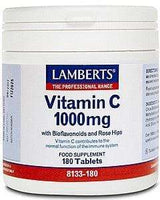








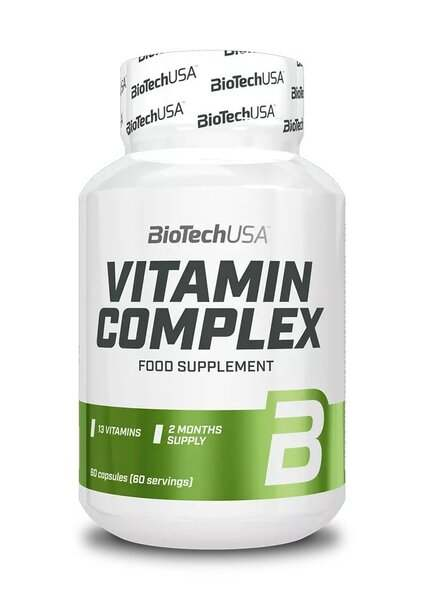
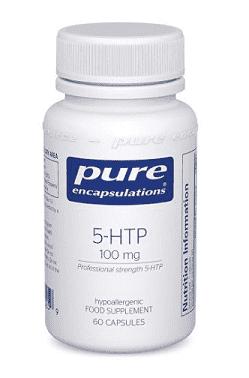



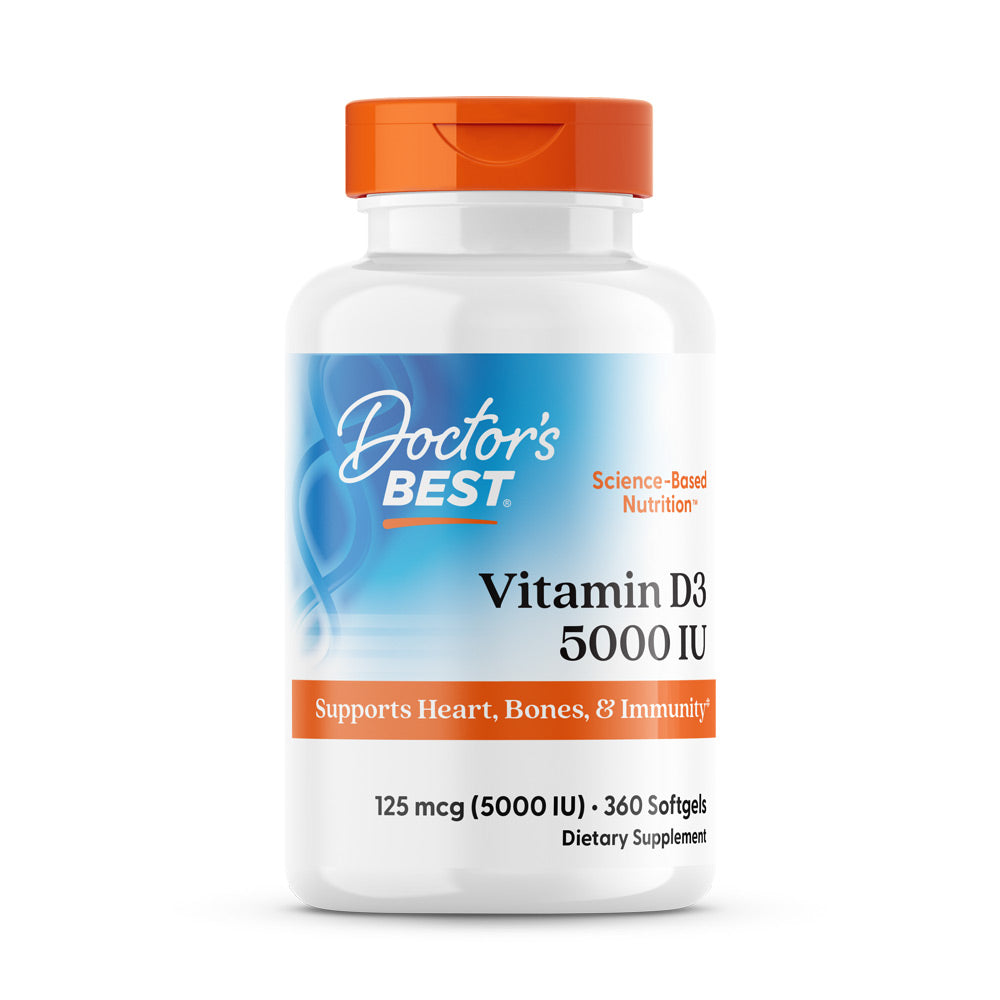
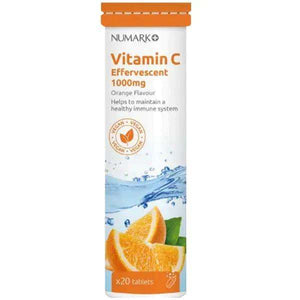
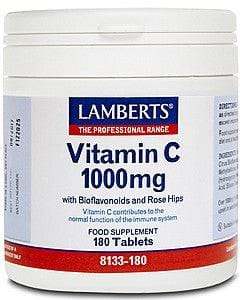
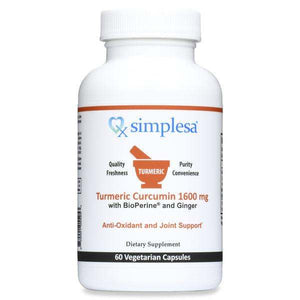










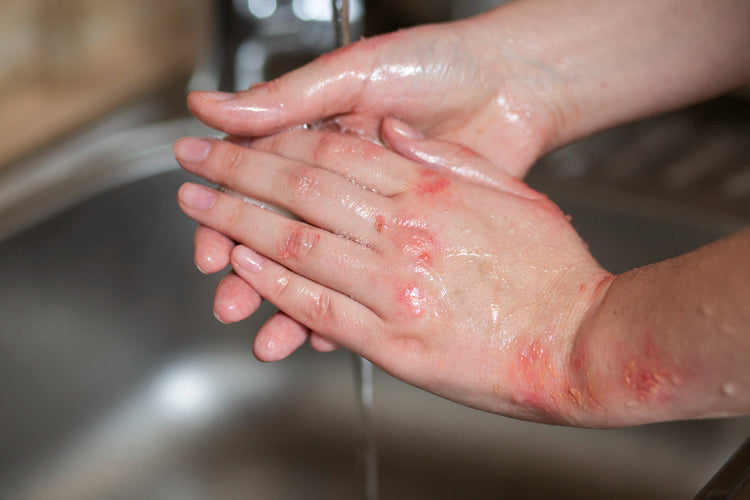



 Rated Excellent by 26,523+ Reviews
Rated Excellent by 26,523+ Reviews